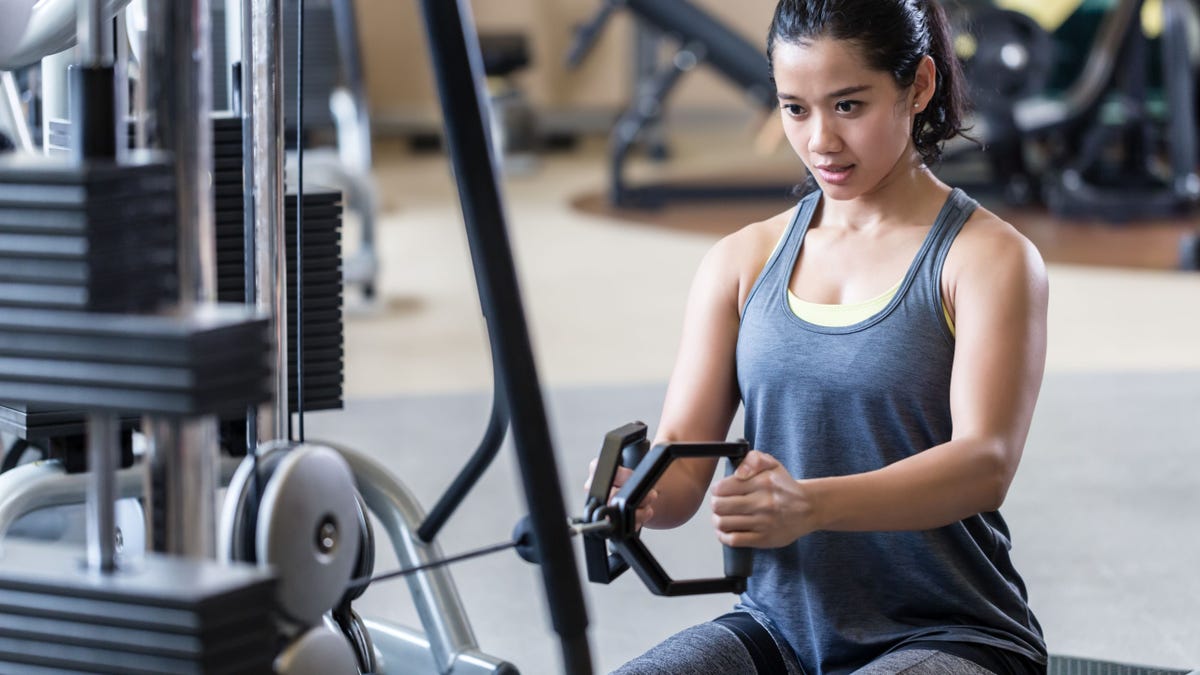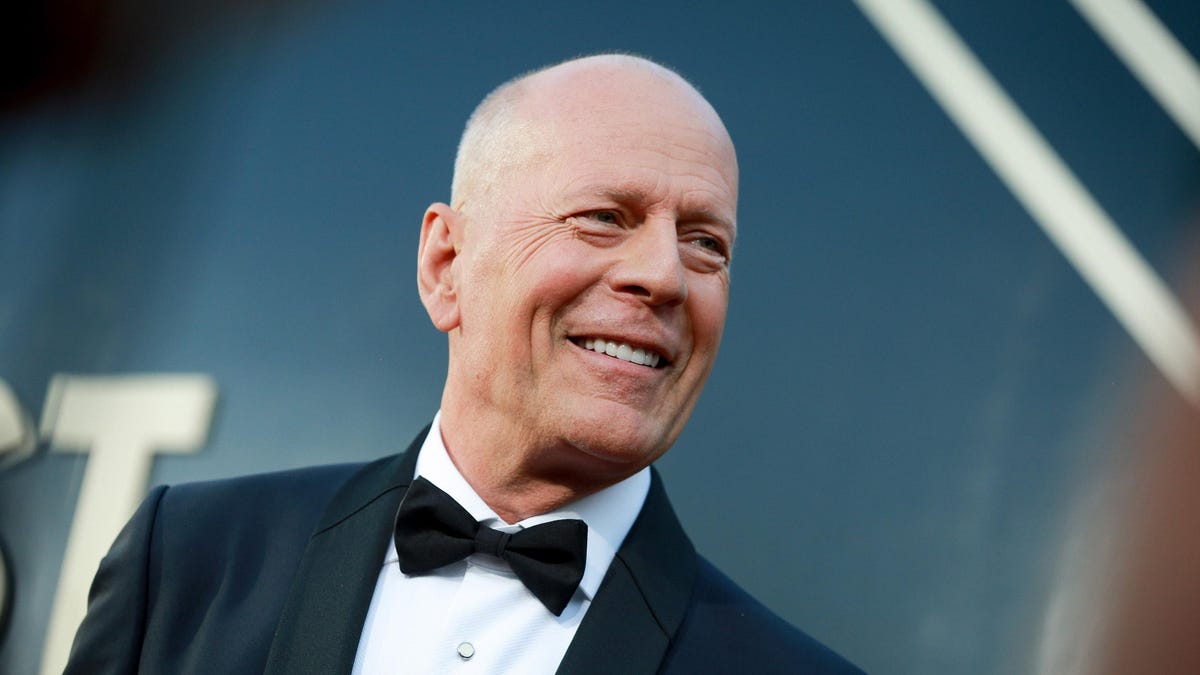Is a $10 Gym Membership Ever Really Worth It?
There are lots of ways to begin an exercise routine, and as we pointed out here, it’s not always worth sweating the details. But does it matter what type of gym you join? Gyms with squat racks and barbells...


Photo: Kzenon (Shutterstock)
There are lots of ways to begin an exercise routine, and as we pointed out here, it’s not always worth sweating the details. But does it matter what type of gym you join? Gyms with squat racks and barbells give you a lot of options for getting strong, but it’s rare to find one with dirt-cheap pricing. Meanwhile, boutique fitness studios, Crossfit boxes, and yoga studios tend to be ridiculously expensive. How much are you really sacrificing by going with something like Crunch or 24 Hour Fitness?
You won’t get fancy extras, but maybe you don’t need them
If you buy a barebones gym membership, it may come with access to equipment during certain hours, and nothing else. If that’s all you need, you’re good to go.
Fancy gyms, and the upgraded memberships at cheaper gyms, will include more perks. These may include towel and laundry service, 24/7 access to the gym, the ability to go to multiple locations of a chain, the ability to bring a guest with you, admission to group classes, free sessions with a personal trainer, or sauna or pool use. Expensive gyms may also have fancier equipment. If there’s something specific that’s important to you, make sure to ask about it before signing up for a membership.
But if the main reason you to go a gym is to pick up some weights, or hop on a machine, you can make do without the rest. It’s not the end of the world if you need to bring your own towel, or even if you need to shower at home because you chose a place so basic it doesn’t have real locker rooms. I trained for years at a gym like that, and I did fine. You can, too.
Barbells aren’t everything
As a person who trains primarily with barbells, I understand the urge to sneer at a place that doesn’t have any. Longtime readers may recall that I put together an exercise program for our senior food and editor, Claire Lower, when she needed to get stronger to be able to bow-hunt elk. Her gym at the time was a Planet Fitness. Uh-oh, I thought. But she had already joined, so this is what we had to work with.
What was available? Cardio machines, strength machines, cable machines, Smith machines (the ones that look like a squat rack except that the bar is permanently attached), and a ton of dumbbells. Yeah, I thought, we can work with this. This selection is pretty typical of cheap gyms; you may also find a few kettlebells, resistance bands, and other miscellaneous items.
Here’s the good news: This is fine. If your goal is to get stronger and/or healthier, you can do so with this equipment. You do not need barbells. Now, if your goal is to compete in a barbell sport like powerlifting, or if you want to use barbells because you just think they look cool, then yes, you would need to seek out a gym that has them. Otherwise, you can stay right where you are.
Machines can make you strong
Cheap gyms tend to have machines instead of barbells because it’s a lot easier for beginners to walk up to a machine and figure out how to use it without hurting themselves. They’re also easier for gym staff to keep tidy: no chasing down plates and collars that end up all over the room.
Let those things be a benefit to you, too. You can figure out machines by just looking at the pictures on them, and if you get really stumped, you can look them up on YouTube. (We’ve also collected instructional videos for 10 of the most common gym machines, if you’re curious.) It’s totally normal and fine to do a workout that entirely uses machines, without any free weights.
Smith machines, in particular, get a bad rap from people who don’t know how to properly use them. If you try to squat in a Smith machine as if it were a squat rack, you’ll feel super uncomfortable. But if you know that you need to put your feet forward of the bar and lean back into it, you’ll be able to work your legs easily and effectively. There’s a similar trick to doing bench press in a Smith machine. You may want to read our Smith machine guide here.
Don’t sleep on dumbbells, either
Another important feature of cheap gyms is that they tend to have a good dumbbell selection. If you’re very big and strong, you may find that the dumbbells don’t get heavy enough; they might top out at 75 or 100 pounds each. If you are a big person, and you get very strong, you may outgrow the equipment your little gym has to offer. But if you’re a beginner or just a smaller person, you may be happy with that selection for a long time.
There are plenty of lifts you can do with dumbbells, and yes, there are dumbbell-only workout programs. Besides the obvious presses, curls, and rows, you can also do dumbbell lunges, step-ups, Romanian deadlifts, and more. Lifting a pair of dumbbells tends to be more difficult than lifting a barbell of the same weight, so don’t let the numbers fool you.
Watch the pricing structure
Because cheap gyms are so cheap, they often get their income from other places besides the $10 (or whatever it might be) monthly fee. There may be additional tiers of membership or add-on services that provide perks that aren’t in the basic membership, so be prepared to resist the upsell.
They may also try to lure you into a personal training contract. While it’s great to pay for personal training if that appeals to you, read the fine print on your contract and make sure that you will have reasonable options to cancel if it’s not working out.
And don’t forget about hidden fees. Some gyms charge an initiation fee or an annual renewal fee. But if you’ve priced everything out and you feel like you’re getting your money’s worth, enjoy! Even a basic membership will give you a lot to work with.

 Tfoso
Tfoso 































